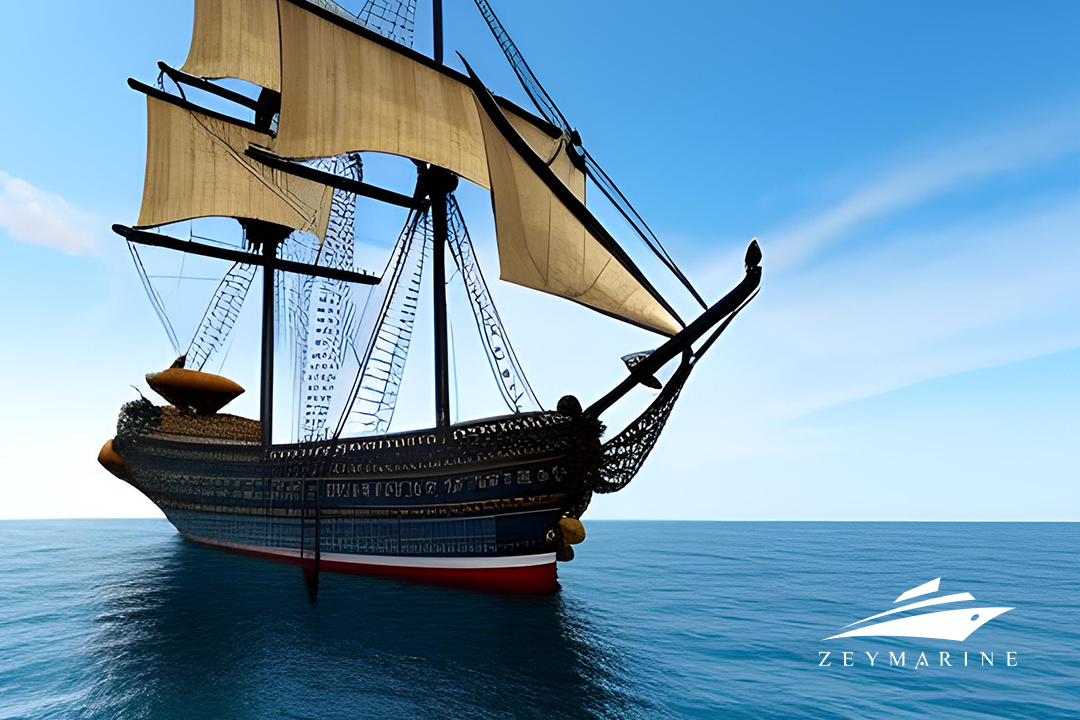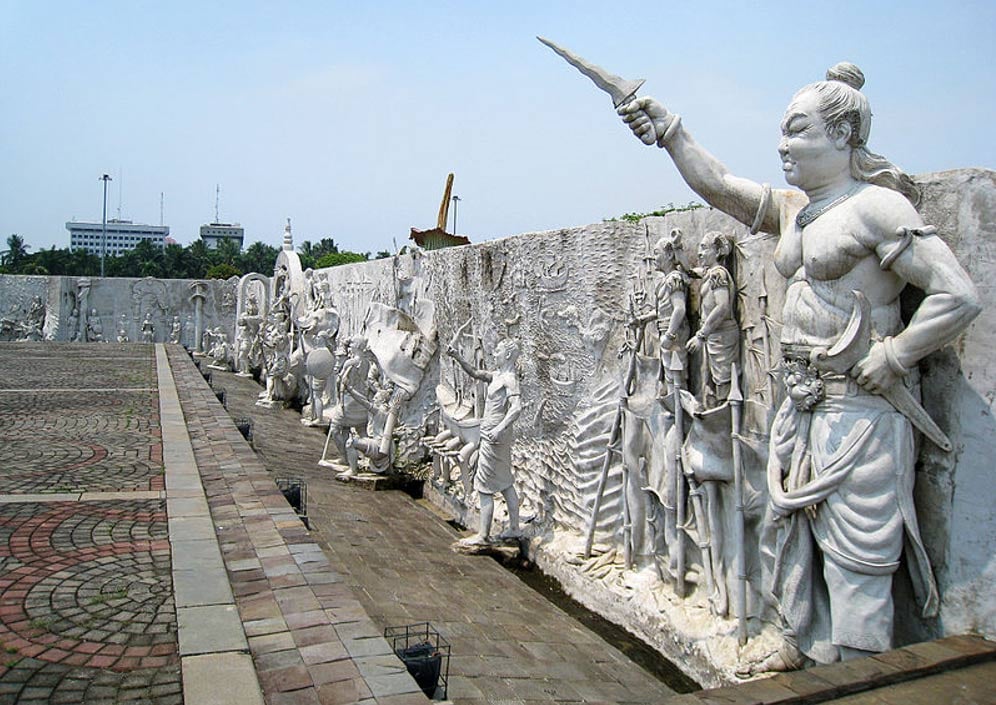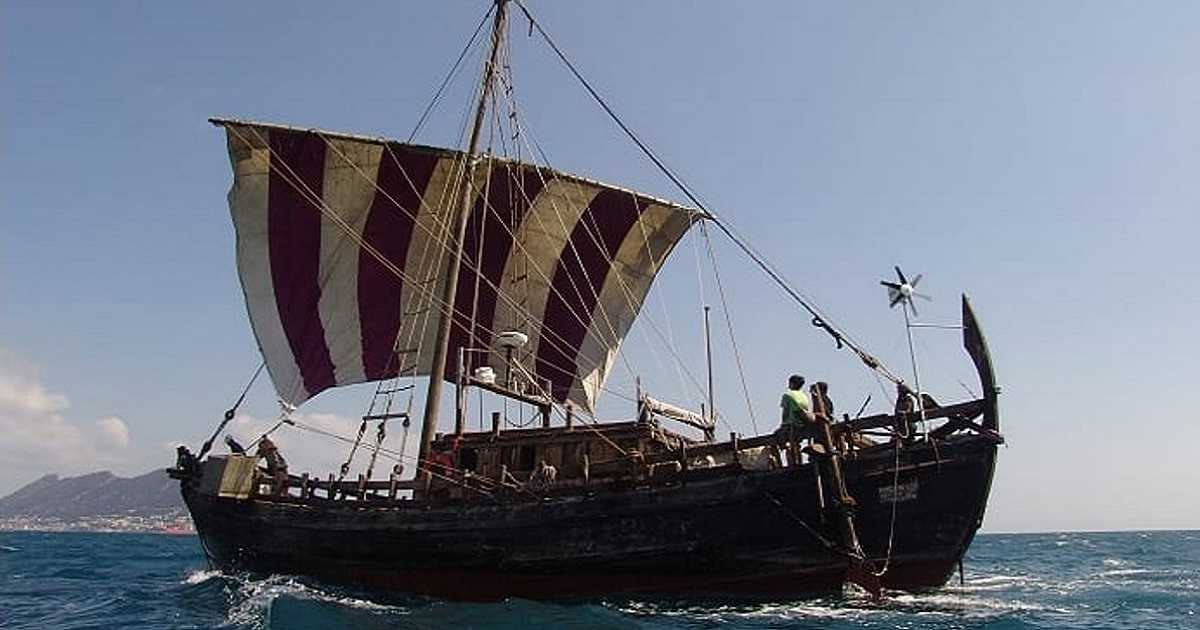The rise and collapse of civilizations throughout human history have frequently been correlated with the spots where they resided. There are, however, also amazing tales of supremacy and strength that go beyond the confines of the land and extend their influence throughout the wide reaches of the sea. The thalassocracy concept which refers to maritime supremacy, is at the center of these narratives. Thus, let’s sail through history and learn more about thalassocracy.
Defining and Etymology
The word thalassokratéō refers to ‘to be master of the sea’ in Ancient Greek. Thálassa means ‘sea’ and krátos means ‘rule’.
Thalassocracy, in its simplest form, is a political structure where a state or civilisation draws its strength and influence from its control over the seas. Thalassocracies, as opposed to conventional land empires, were ruled by utilizing the influence of marine trade, naval prowess, and maritime exploration. These maritime civilizations created strong empires that influenced the course of history by controlling crucial trade routes and naval fleets.
The term thalassocracy was coined by British classical scholar John Linton Myres, and was revived from a particularly specific ancient text known as “The List of Thalassocracies.” The list was found in the Chronicon, a treatise of world history written by Eusebius, a bishop of Caesarea Maritima in the early fourth century. Eusebius classed several historical Mediterranean polities as “sea-controlling” and arranged them chronologically.
Indo Pacific Examples
The Indo-Pacific region is a huge area of ocean that stretches from the west coast of the Americas to the east coast of Africa, and it is home to many different countries and cultures. There is a long history of thalassocracy in this huge region, where countries have attempted to control, reshape trade routes, and extend their influence.
Some of the important examples in the region are the Chola Dynasty, located in present-day India, and the Majapahit Empire, which emerged in the 13th century and is situated in present-day Indonesia. Additionally, in the early 15th century, China embarked on a series of grand maritime expeditions under the command of Admiral Zheng He. Thus, Zheng He’s voyages left a lasting mark on maritime history.
Phoenicians and Carthaginians
One must look at the ancient Phoenicians and their Carthaginian successors to fully understand the significance of thalassocracy. The Phoenician city-states, which were located along the eastern Mediterranean coast, rose to prominence in shipbuilding and maritime knowledge, and they came to be associated with maritime trade. Their mastery of navigation and entrepreneurship enabled them to rule the Mediterranean trade routes, found colonies, and extend their power wisely. The Phoenician writing system gave rise to the alphabet as we know it, which evolved over thousands of years. One of the first extensively used alphabets in history was the Phoenician alphabet.
Later, the Phoenician city of Carthage’s native Carthaginians, who were known as a powerful thalassocracy, gained prominence. Through its superior naval might and wide-ranging network of colonies, Carthage opposed Rome’s rise to power and fought famous battles, most notably the Punic Wars, which permanently inscribed their name in the archives of maritime history.
The Vikings
We remember them as the vicious men of the sea. Inevitably while envisioning the Vikings, we frequently picture ferocious warriors donning horned helmets as they sail over the oceans and wreak havoc in their wake. The Vikings formed a sort of thalassocracy and asserted their dominion over the waters of Northern Europe thanks to their extraordinary nautical prowess and strategic navigation.
Despite their reputation as raiders, the Vikings strengthened their authority as a thalassocracy. They established control over major commerce routes and exercised political influence over the regions they met due to their naval superiority. It also results to establish their colonies in locations like Iceland, Greenland, and, finally, in North America.
Their strong ships, distinguished by their shallow draught, elegant shape, and ability to sail in both open waters and down rivers, constituted the backbone of Viking naval strength. The Vikings were able to design warships that were not only agile but also able to survive the harsh conditions of the North Atlantic even though it is far away from their homeland.
The Venetian Republic
Another thalassocracy, the Venetian Republic, came into being centuries later. Located in what is now Italy, Venice developed during the Middle Ages and the Renaissance into a powerful maritime nation. Through its advantageous position and dominance in maritime commerce, Venice created a vast network of trading stations and accumulated enormous wealth. The Venetian Arsenal, a world-class shipbuilding facility, produced powerful vessels that protected its dominance over the seas.
Marco Polo, Antonio Vivaldi, Carlo Goldoni, and Tintoretto were among the famous Venetians.
Portuguese Empire as a Transcontinental Example
Without including the bold Portuguese explorers who sailed into unexplored waters during the Age of Discovery, no discussion of thalassocracy would be complete. Portugal started a new period of maritime discovery, led by visionaries like Vasco da Gama and Prince Henry the Navigator. They explored new trade routes to the Far East and circumnavigated Africa. A large commerce network was developed by the Portuguese Empire, linking Europe, Africa, the Indian Ocean, and the Far East. They influenced important trading ports on the African coast, including Ceuta, Elmina, and Mozambique.
Also, during their time, the Portuguese were at the cutting edge of marine technology. They created the Caravel, a nimble and seaworthy ship that made long-distance travel possible. They also invented new methods of celestial navigation, including the use of astrolabes and quadrant devices. They gained an advantage in exploration thanks to these technological developments, which also improved their sailing efficiency over longer distances.











